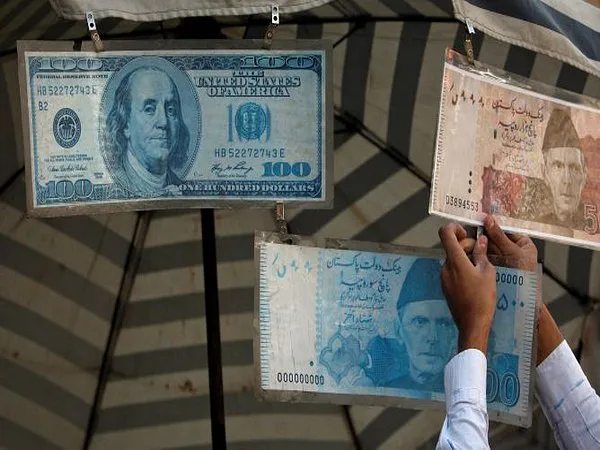Pakistan’s economy is in shambles as its default on borrowing is increasing amid varied factors affecting the country’s backbone including floods, depreciating currency, and the country’s risk of credit default swap.
The country’s risk of default, measured by the 5-year credit default swap (CDS), touched 52.8 per cent recently, a 13-year high, indicating that foreign investors are losing faith in Islamabad’s ability to honour its repayment obligations, reported Financial Post.
Pakistan needs to change its focus from political bickering to economic reforms as the Pak economy is not picking up despite the IMF programme of revival and release of USD 1.27 billion tranches.
It could be the result of profligacy and wrong priorities of the Pak government over a period which eventually led to deep-rooted structural distortions, reported Financial Post.
Rather than addressing these issues, the Pak leaders are presently engaged in an unending political brawl which leaves little scope for economic reforms, the Financial Post added.
Fast deteriorating CDS is signalling the foreign investors that Islamabad is precariously near default. Rather than taking SOS measures for economic revival, Islamabad is still pinning its hope on assistance from Saudi Arabia and China which have dried up in the recent past.
The state exchequer is empty as evidenced by the low level of foreign exchange reserves and weak revenue due to sluggish economic activities. With very high CDS, the question arises whether Islamabad would be able to repay its maturing debt in the immediate term, reported Financial Post.
The foreign investors have been panicked amid forex reserves depleting by around USD 9 billion in the last 10 months. The next major payment obligation due is a USD 1 billion 5-year Sukuk bond maturing on December 5.
Forex reserves have now dropped to a critically low level of 1.1-month import cover at USD 7.6 billion from USD 20 billion in August 2021 which was sufficient for three-month imports. This raises the concern about imminent default.
The yield on the 5-year Third Pakistan International Sukuk touched new high around 145 per cent against below 10 per cent before the Covid-19 pandemic. Meanwhile, yield on bonds maturing in 2024 and 2025 also rose to 90 per cent and 57.5 per cent, respectively, indicating amiss in the financial management of the country.
These are disturbing developments because it would make new borrowings for Pak to service its past debts costlier. This indicates the making of a debt trap, reported Financial Post.
The catastrophic floods have multiplied the external financial crisis as it was already facing an economic slowdown amid the government’s measures to cool down the overheated economy.
Also, Islamabad’s efforts in getting out of Paris-based FATF’s ‘grey list’, literally had no impact on foreign investors as credit rating agencies had already downgraded credit ratings.
The recent Fitch Ratings downgraded Pakistan’s long-term foreign currency issuer default rating (IDR) to ‘CCC+’ from ‘B’-, coincidentally with the ADB approving financing of USD 1.5 billion and the FATF upgrading from the grey list.
Further, the downgrading also reflects increased risks of policies potentially undermining Pak’s IMF programme, a major cause of concern for lenders.
Earlier, a report of the Finance Ministry found that external debt sustainability indicators worsened last year due to country’s increasing reliance on short-term foreign loans, government’s exposure to risks related to refinancing and depreciation of rupee, reported Financial Post.

